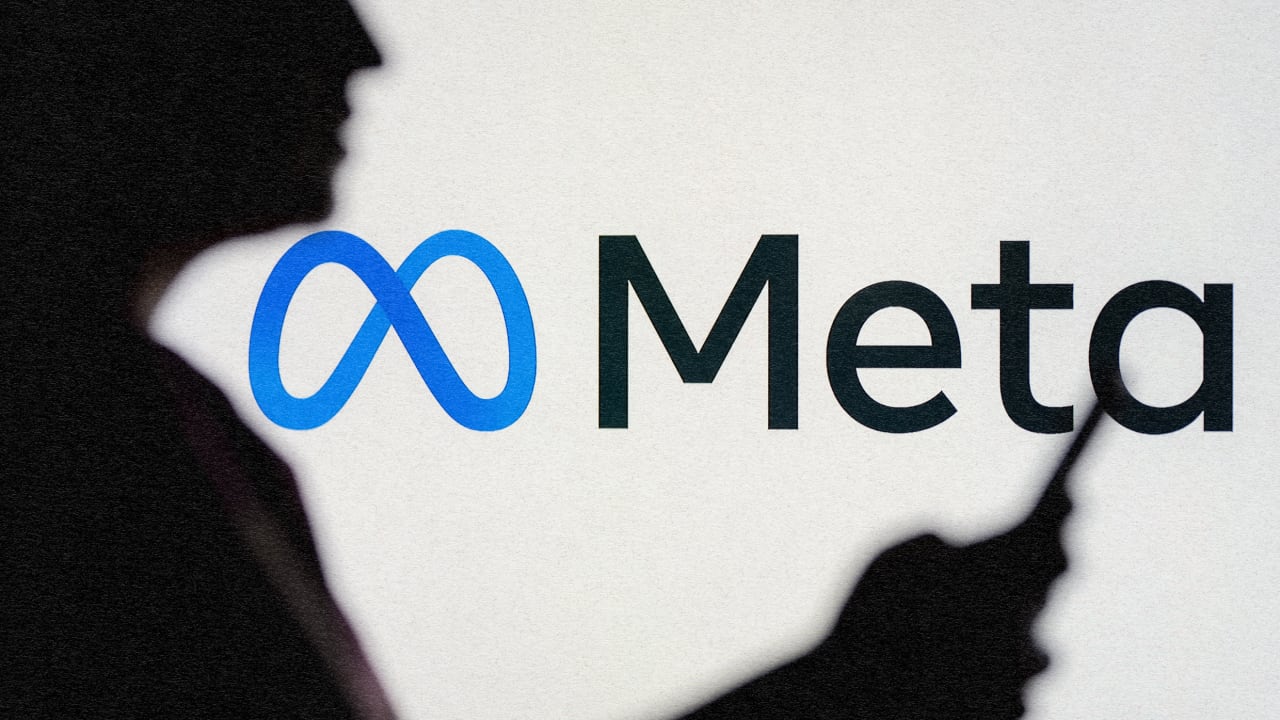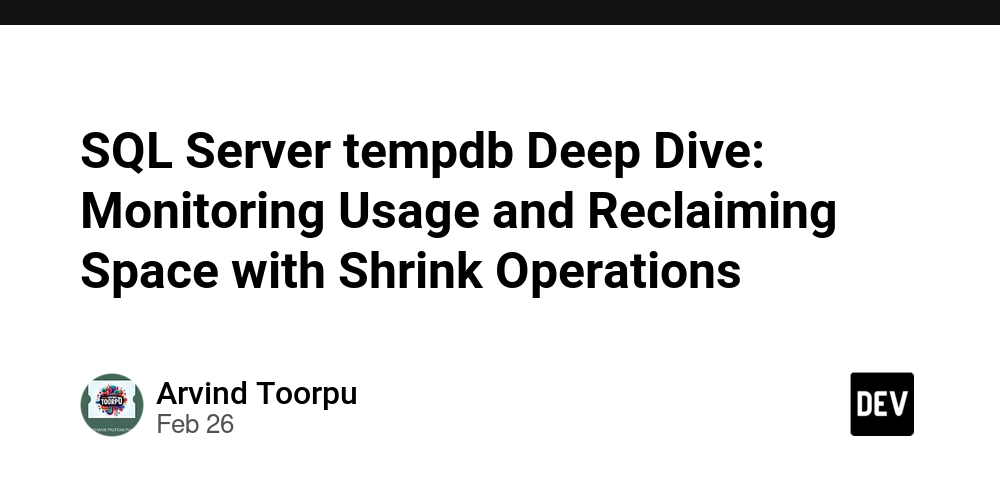The Real CI/CD Pipeline Is Held Together by Slack Messages and Panic
Let’s kill the fantasy: your “CI/CD pipeline” isn’t a well-oiled machine—it’s a duct-taped Rube Goldberg device powered by Slack, Stack Overflow, and the blood pressure of senior engineers. You don’t have DevOps. You have “DevOops.” ⸻ Jenkins Is Your Coworker Now—and He’s Drunk CI kicks off, Jenkins does its little dance, and then—bam—build failed. Why? Unknown error. Stack trace? LOL. Solution? Slack someone who speaks Groovy and has PTSD from last quarter’s upgrade. “Hey, can someone kick Jenkins? He passed out again.” Automation, baby. Just ignore the fact that 40% of your job is still babysitting a glorified shell script. ⸻ Your Tests Are Just Vibes Test coverage? 98%. Confidence? Zero. Because 5% of your tests are flaky and 100% are passive-aggressive. “It failed, but only on CI. Must be an environment thing.” No one actually fixes them. You just rerun the pipeline until it magically passes. Like a gambler pulling the CI slot machine hoping for three green checks. ⸻ Deploying Is a Ritual, Not a Process Your “deploy” involves: Asking in Slack who last pushed to main Checking a Notion doc last updated during the Trump presidency Running a script that fails if you breathe wrong “Make sure to run it in zsh, not bash. And only on the staging VM. Unless it’s Tuesday.” Modern engineering, y’all. ⸻ Rollbacks Are Urban Legends Sure, you say you have a rollback plan. But when prod goes sideways, it’s pure panic. “Uh… do we have a snapshot?” “I think Steve had one on his laptop… before he quit.” At this point, you’re just restoring faith, not the system. ⸻ Monitoring Is a Sleep-Deprivation Engine You either get 100 alerts for things that don’t matter—or zero alerts for the one thing that does. “Why didn’t we get alerted?” “Oh, we muted that alert. It was noisy.” Congrats. You’ve created Schrödinger’s Monitoring System—it’s both broken and working until someone checks. ⸻ The Angel on Your Shoulder: Just Buy the Damn Tool Here’s the deal: if your team has no time, no senior infra people, and no appetite for pain—you shouldn’t be building your own CI/CD system. Buy something polished. Yes, it’ll be limited. Yes, it won’t do everything you want. But it’ll do something consistently, and in this business, predictability beats flexibility nine times out of ten. Stop trying to be Google with a three-person dev team and a Trello board full of bugs. Case in point: I once worked on a project using Servoy. The pipeline was a total black box. I hated that I couldn’t poke around inside—but it ran like a Swiss watch. The only time I saw logs? Was when I screwed up something in the code. And honestly? That’s all we needed. The team was buried in deliverables. Nobody had the time—or energy—to tune Jenkins plugins or debug YAML from hell. We just needed builds out the door and into production. And that’s exactly what we got. ⸻ CI/CD isn’t about being clever. It’s about being reliable. Choose tools that work out of the box, even if they put you in a sandbox. Because sometimes the sandbox is the only thing keeping you from digging your own grave.
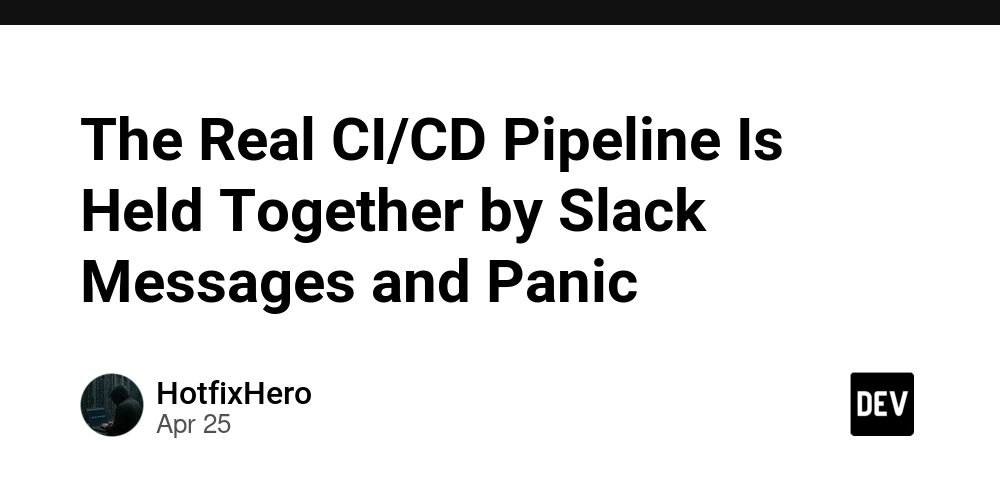
Let’s kill the fantasy: your “CI/CD pipeline” isn’t a well-oiled machine—it’s a duct-taped Rube Goldberg device powered by Slack, Stack Overflow, and the blood pressure of senior engineers.
You don’t have DevOps. You have “DevOops.”
⸻
- Jenkins Is Your Coworker Now—and He’s Drunk
CI kicks off, Jenkins does its little dance, and then—bam—build failed. Why? Unknown error. Stack trace? LOL. Solution? Slack someone who speaks Groovy and has PTSD from last quarter’s upgrade.
“Hey, can someone kick Jenkins? He passed out again.”
Automation, baby. Just ignore the fact that 40% of your job is still babysitting a glorified shell script.
⸻
- Your Tests Are Just Vibes
Test coverage? 98%. Confidence? Zero. Because 5% of your tests are flaky and 100% are passive-aggressive.
“It failed, but only on CI. Must be an environment thing.”
No one actually fixes them. You just rerun the pipeline until it magically passes. Like a gambler pulling the CI slot machine hoping for three green checks.
⸻
- Deploying Is a Ritual, Not a Process
Your “deploy” involves:
- Asking in Slack who last pushed to main
- Checking a Notion doc last updated during the Trump presidency
- Running a script that fails if you breathe wrong
“Make sure to run it in zsh, not bash. And only on the staging VM. Unless it’s Tuesday.”
Modern engineering, y’all.
⸻
- Rollbacks Are Urban Legends
Sure, you say you have a rollback plan. But when prod goes sideways, it’s pure panic.
“Uh… do we have a snapshot?”
“I think Steve had one on his laptop… before he quit.”
At this point, you’re just restoring faith, not the system.
⸻
- Monitoring Is a Sleep-Deprivation Engine
You either get 100 alerts for things that don’t matter—or zero alerts for the one thing that does.
“Why didn’t we get alerted?”
“Oh, we muted that alert. It was noisy.”
Congrats. You’ve created Schrödinger’s Monitoring System—it’s both broken and working until someone checks.
⸻
The Angel on Your Shoulder: Just Buy the Damn Tool
Here’s the deal: if your team has no time, no senior infra people, and no appetite for pain—you shouldn’t be building your own CI/CD system.
Buy something polished.
Yes, it’ll be limited. Yes, it won’t do everything you want. But it’ll do something consistently, and in this business, predictability beats flexibility nine times out of ten.
Stop trying to be Google with a three-person dev team and a Trello board full of bugs.
Case in point: I once worked on a project using Servoy. The pipeline was a total black box. I hated that I couldn’t poke around inside—but it ran like a Swiss watch. The only time I saw logs?
Was when I screwed up something in the code.
And honestly? That’s all we needed. The team was buried in deliverables. Nobody had the time—or energy—to tune Jenkins plugins or debug YAML from hell. We just needed builds out the door and into production. And that’s exactly what we got.
⸻
CI/CD isn’t about being clever. It’s about being reliable. Choose tools that work out of the box, even if they put you in a sandbox. Because sometimes the sandbox is the only thing keeping you from digging your own grave.










































































































































































![[The AI Show Episode 144]: ChatGPT’s New Memory, Shopify CEO’s Leaked “AI First” Memo, Google Cloud Next Releases, o3 and o4-mini Coming Soon & Llama 4’s Rocky Launch](https://www.marketingaiinstitute.com/hubfs/ep%20144%20cover.png)















































































































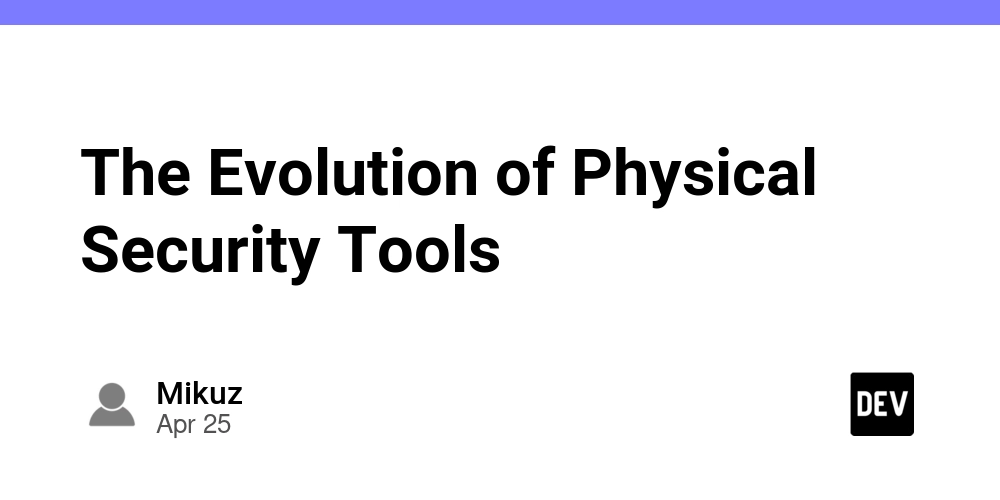


















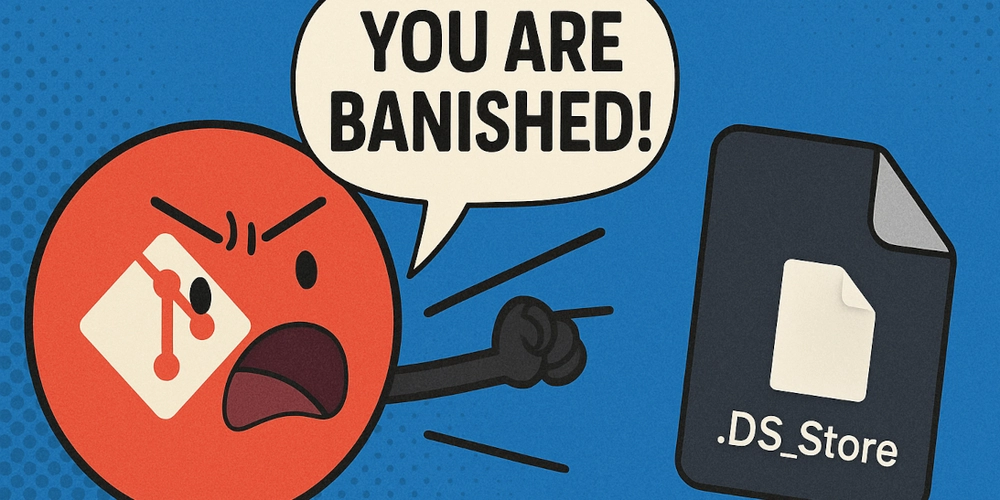
















































.jpg?width=1920&height=1920&fit=bounds&quality=70&format=jpg&auto=webp#)





























































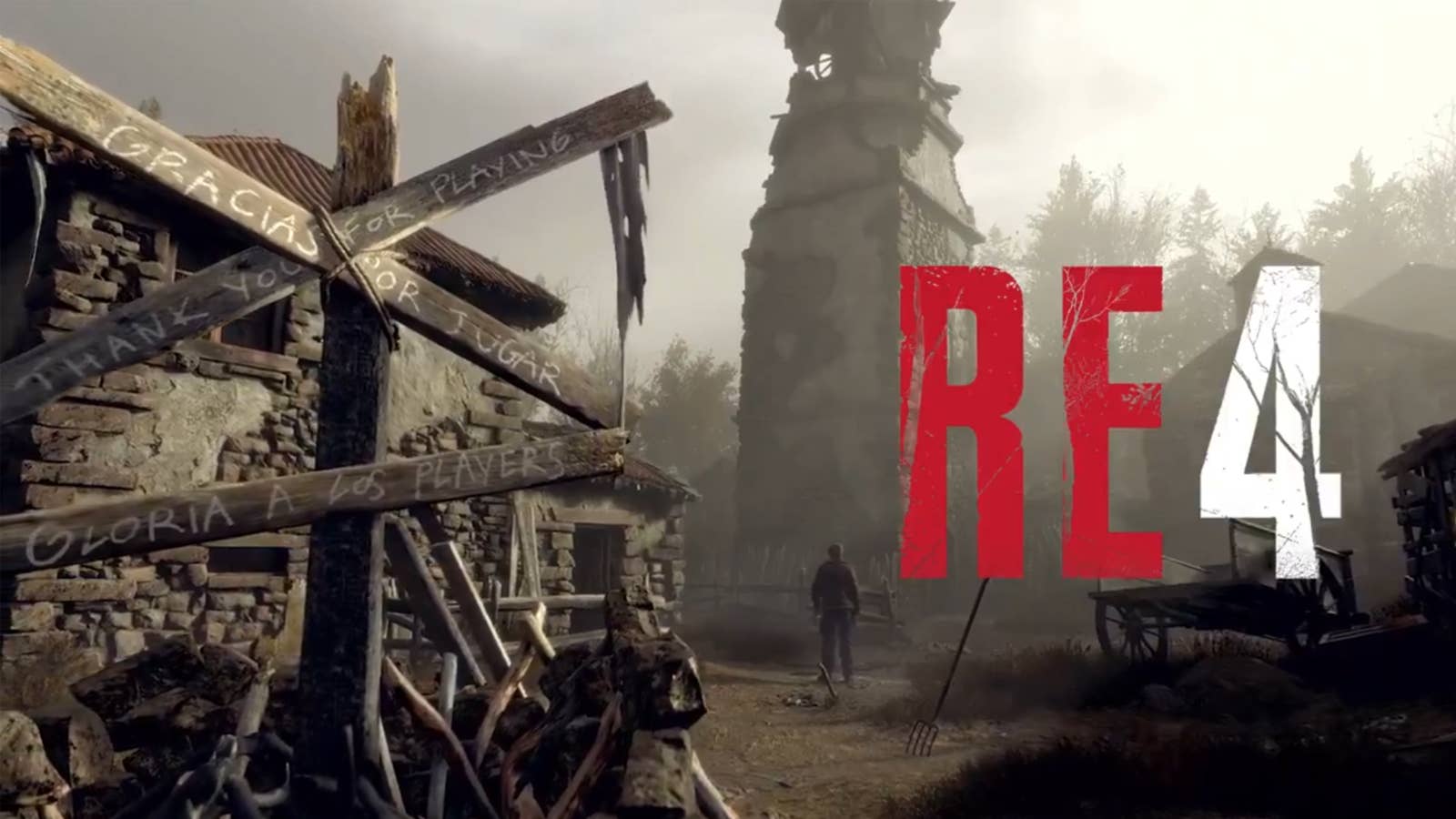
























_Olekcii_Mach_Alamy.jpg?width=1280&auto=webp&quality=80&disable=upscale#)








































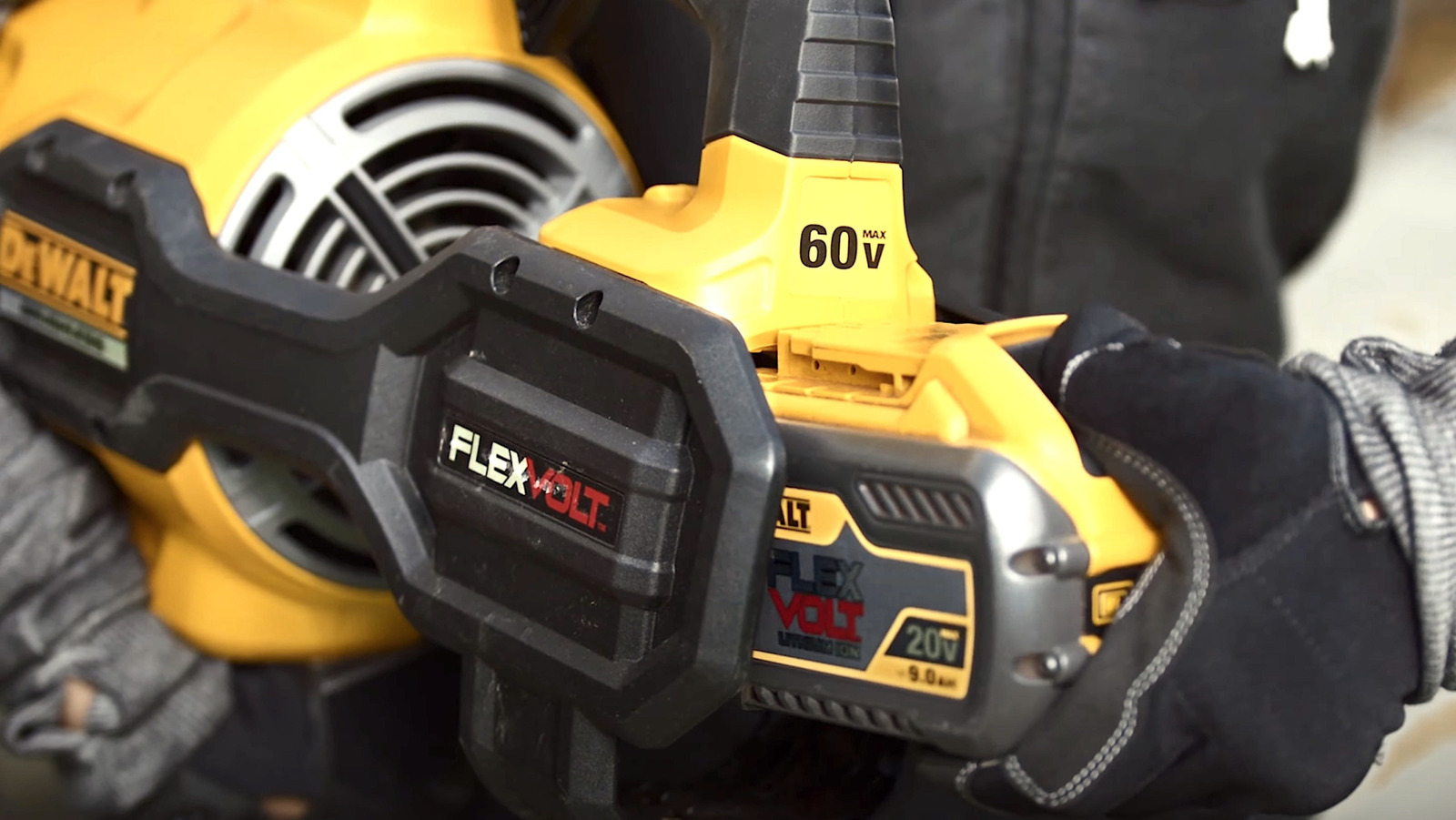


































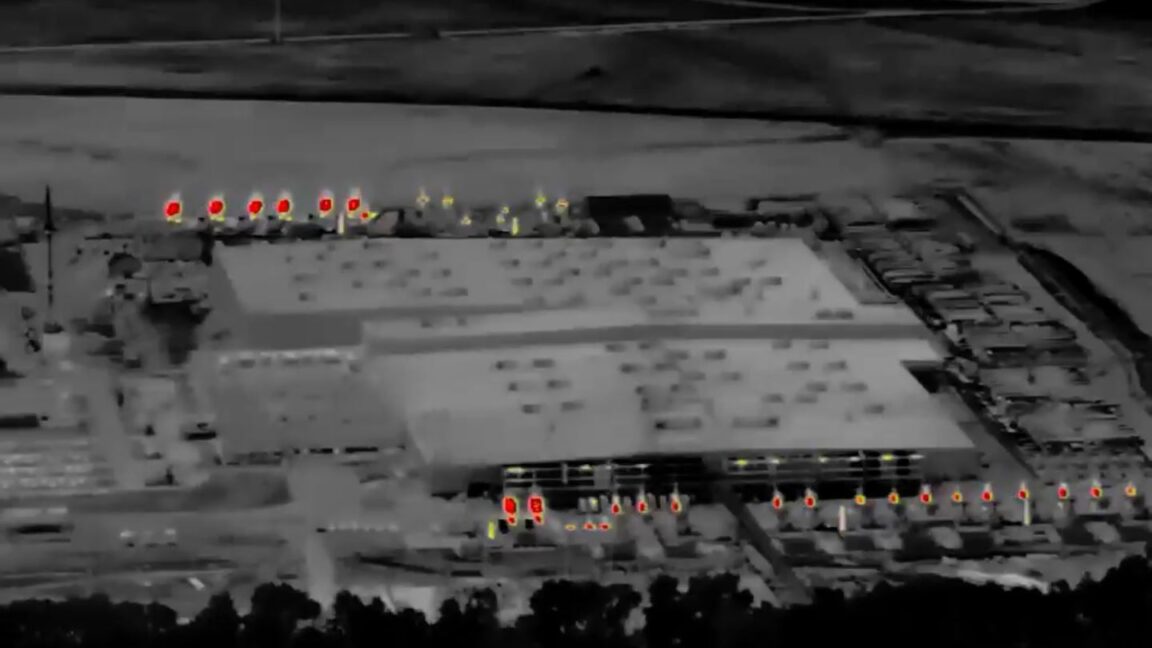


































![Most iPhones Sold in the U.S. Will Be Made in India by 2026 [Report]](https://www.iclarified.com/images/news/97130/97130/97130-640.jpg)
![Apple to Shift Robotics Unit From AI Division to Hardware Engineering [Report]](https://www.iclarified.com/images/news/97128/97128/97128-640.jpg)




































































